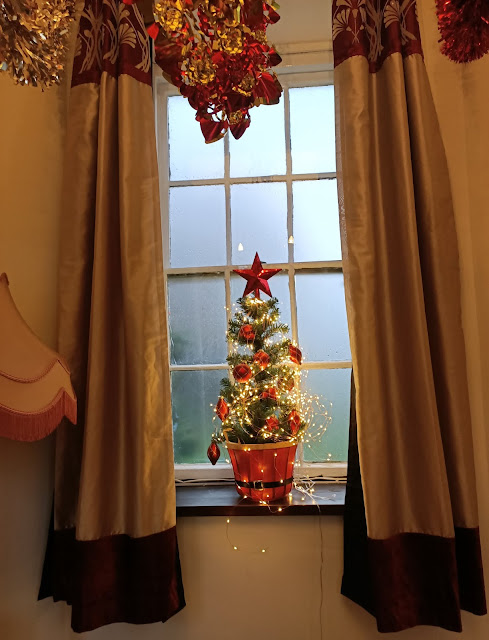 |
| The gazebo, at the end of the Long Path |
The longer daylight hours at this time of year allow me to
pop over to Betley Court Gardens for a spot of gardening in the evening after
work, My other job of work, that is (an environmental artist based in Stoke). As is often the case when you're busy, a big arts commission has
come my way, and at a time when I might otherwise have dropped everything to
work on the formal beds at Betley, I find myself stretched, like one of those
plate-spinning acts to keep various projects up in the air.
Not that gardening in the evenings is any great hardship.
The weather at the moment is lovely, and I can tinker away quite peacefully
until the sun sets. On Monday, my labours were accompanied by a soundtrack of a
game of cricket being played on the field across Main Road from Betley Court. I’m
not sure whether the home side or the visiting team won, but it is interesting
that the reason there is a field to play cricket on has a Betley Court connection.
Over the years, the resident Squires of the house have shaped the village to
suit themselves, and the field opposite the house is no exception. It was
purchased by the ‘lord-of-the-manor’ to stop people building on it and spoiling
the view from the front of the house. For most of the year, there is a
picturesque, pastoral view through the lime trees that line the road, with
sheep and cattle grazing contentedly on the grass. On Saturday afternoons in
the winter, the air is filled with the sound of the players and spectators of Betley
Football Club, with its 8 junior teams and 2 mini teams. Then in the summer,
Betley Cricket Club take over, the thwack of leather on willow filling summer
evenings in the village since 1847.
 |
| The Long Path and gazebo, a few weeks ago |
Elsewhere in the gardens, the two Mr O’s are gradually
restoring the footpaths (straightening, edging, levelling compacting,
top-dressing with gravel). The Long Path, down to the gazebo (a little red stone
building) is beginning to return to the condition it was in when created sometime
between 1909 and 1925. It is a broad, straight gravel path typical of the
Edwardian period, ideal for an afternoon perambulation in the shade of the
trees. The gazebo makes a great focal point at the end of the path, and looks
as if it has been there forever, so I was surprised to learn that it is a
comparatively new addition to this 300-year-old garden. The story goes that the
Professor bought the stones from a private seller, who had the little stone
building in their garden for years. They claimed that the stone came from
Stafford Castle, an historical ruin about 24 miles away, dating from the Saxon
era. It had been largely remodelled in a
Gothic-style from 1813 onwards, but later fell into disrepair.
 |
| Stafford Castle, the Gothic Revival frontage, showing the towers in place |
 |
| Stafford Castle today - the ruins now home a visitors' centre. |
The remains can
still be seen, a landmark on the M6, and from the railway line as you pass Stafford.
We know for certain that towers from the Gothic revival period were taken down
in 1962, following the tragic death the previous year, of a boy who fell from the unsafe south front whilst playing in the castle. It is just possible that the stone in the gazebo were salvaged
during this period of demolition. The timeline fits - an intriguing thought to end with.






Comments
Post a Comment